Jovian weather
an overview for mathematicians
* images by NASA unless specified
Klas Modin

Basic facts about Jupiter
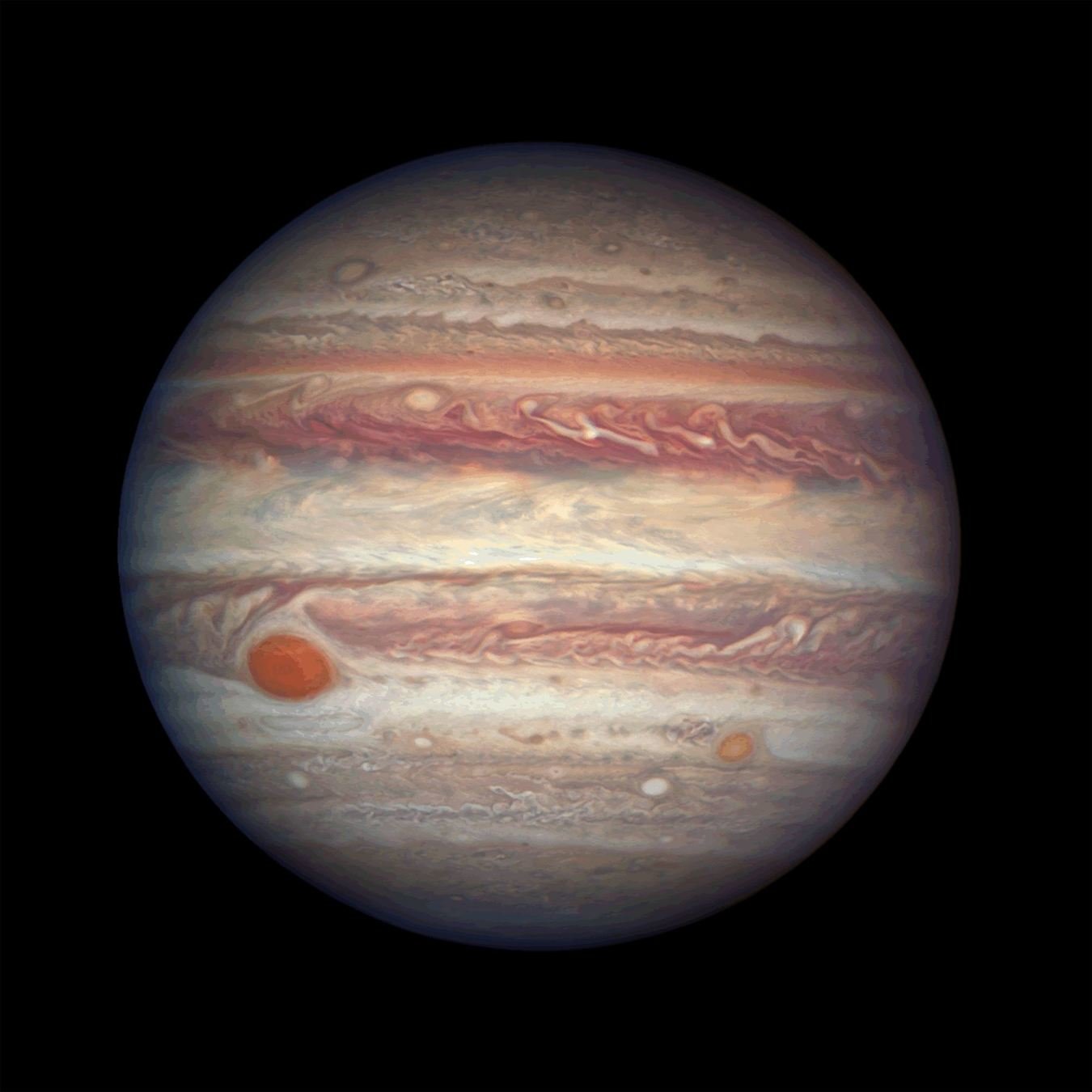
- Largest gas giant (no solid surface)
- Primarily hydrogen and helium
- 79 known moons
- Jovian year: 11.86 y
- Jovian day: 9h 55m (average)
* Image by Kelvinsong - Own work, CC BY-SA 3.0, Link
dark bands = belts
bright bands = zones
Exploration of Jupiter
- Earth-based observations (planet = from greek word "wanderer")
- Great red spot: Hooke (1664), Cassini (1665)
- Hubble Space Telescope (NASA), since 1990
- Many modern earth-based telescopes (including infra-red)
- Images from hobby astronomers (increasingly important source)
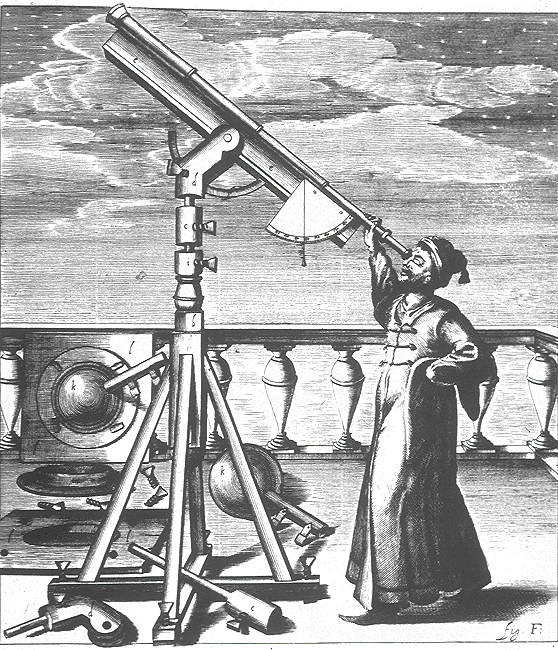
Most important spacecrafts
- Voyager 1 and 2 (flyby 1979)
- Cassini (flyby 2003)
- Galileo (orbiting 1995-2003)
- Juno (orbiting 2016-2021)
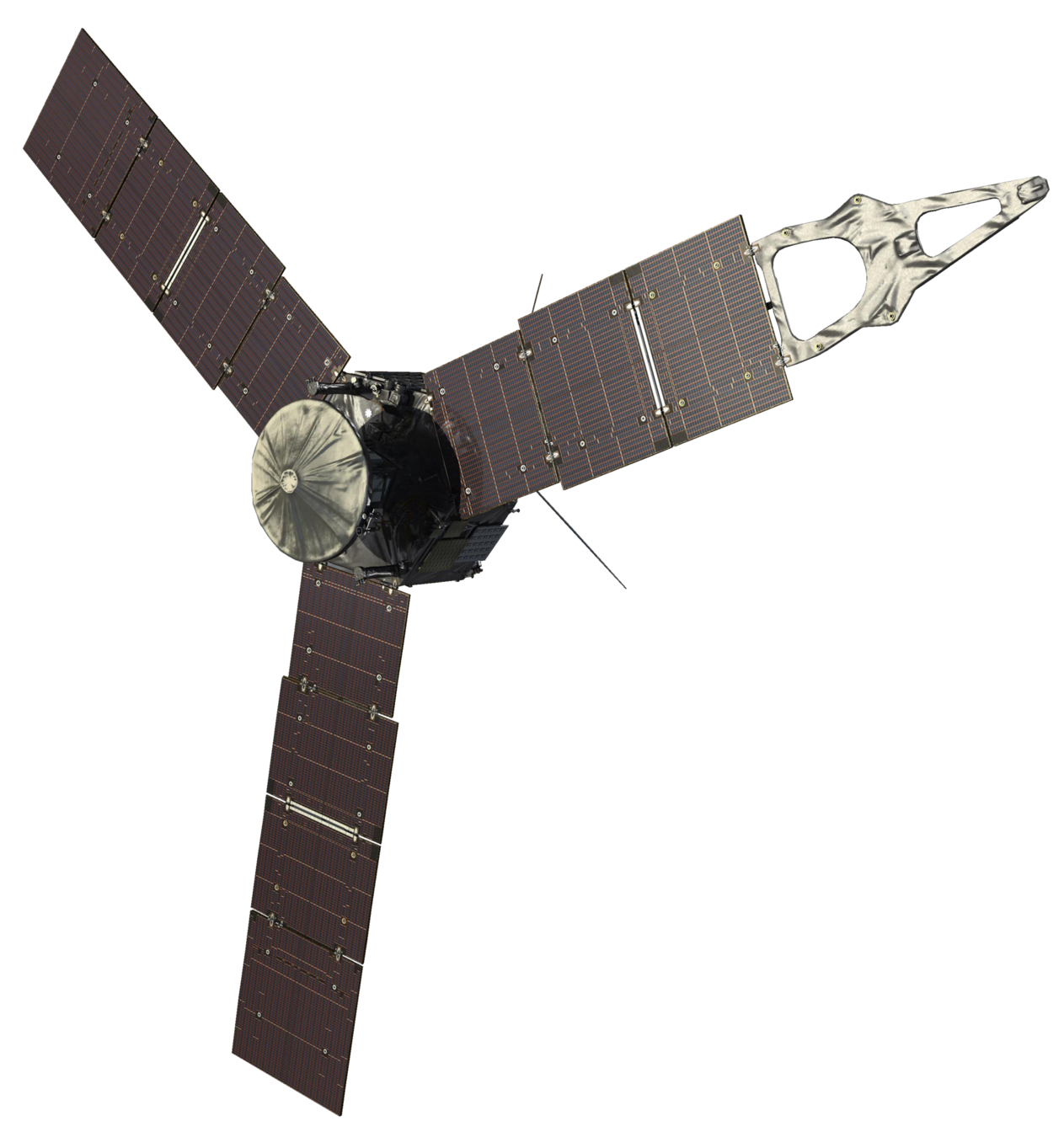
Jovian atmosphere
empirical observations

Time-lapse sequence from Voyager 1
"spots" are giant storms
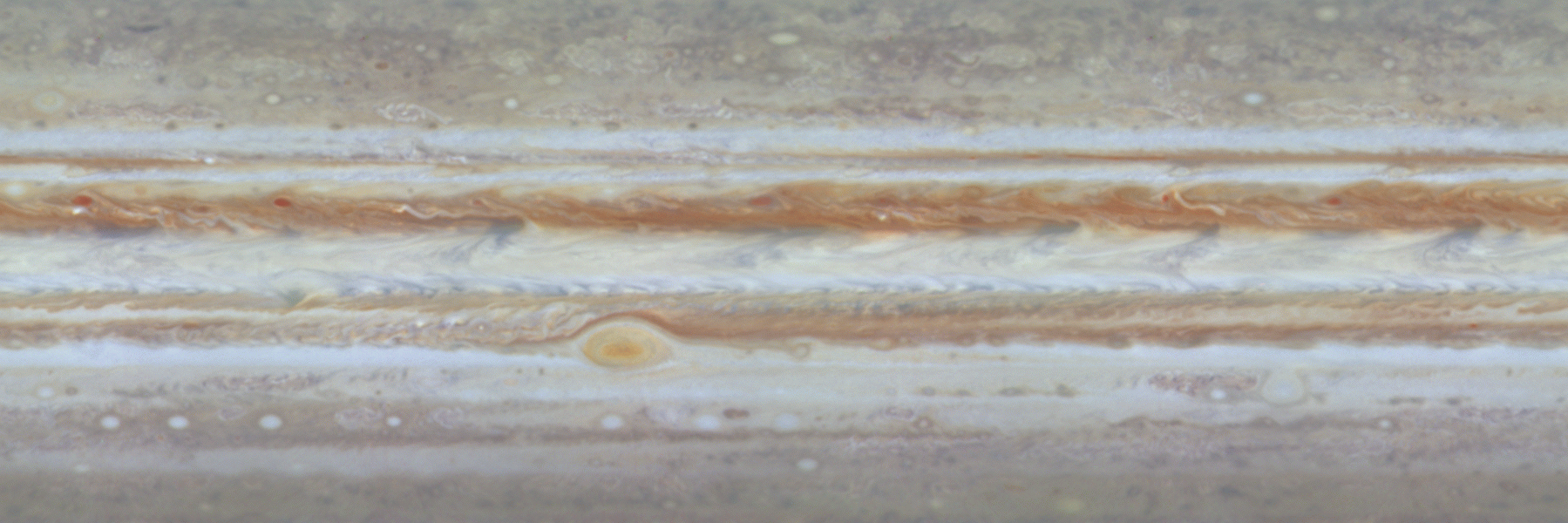
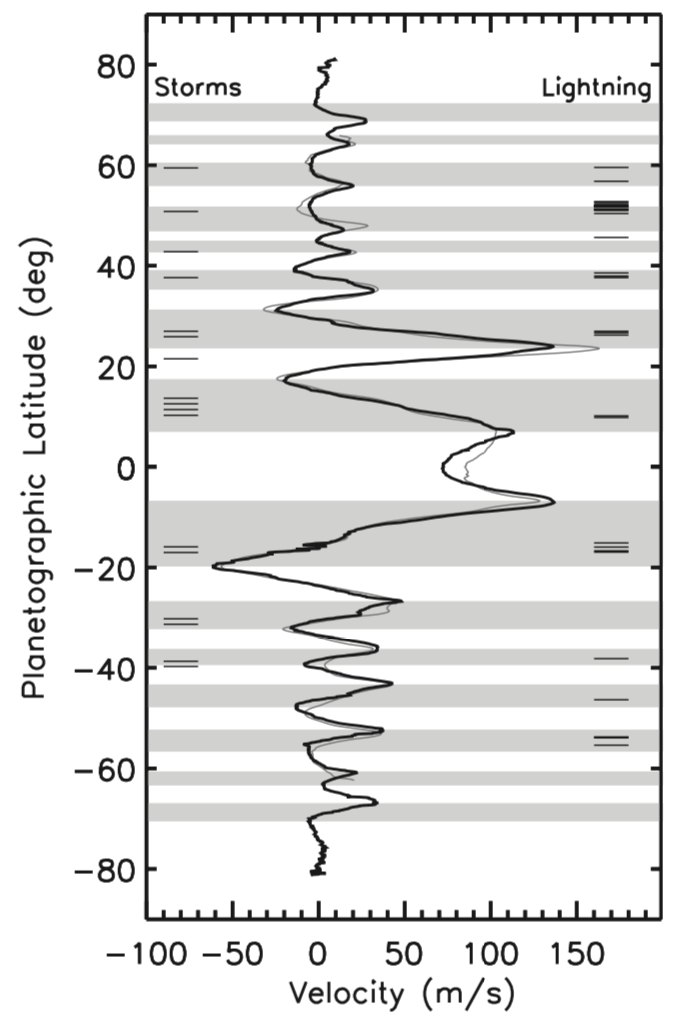
Visible features occupy upper troposphere at ~1 bar
Reference: speed at equator ~12500 m/s (~1% fluctuations)
How deep are the jet streams?
Two competing theories:
- Shallow models: jet streams and vortices due to dynamics in shallow layer only
- Deep models: observed dynamics due to deep jet streams
Galileo probe (1995)
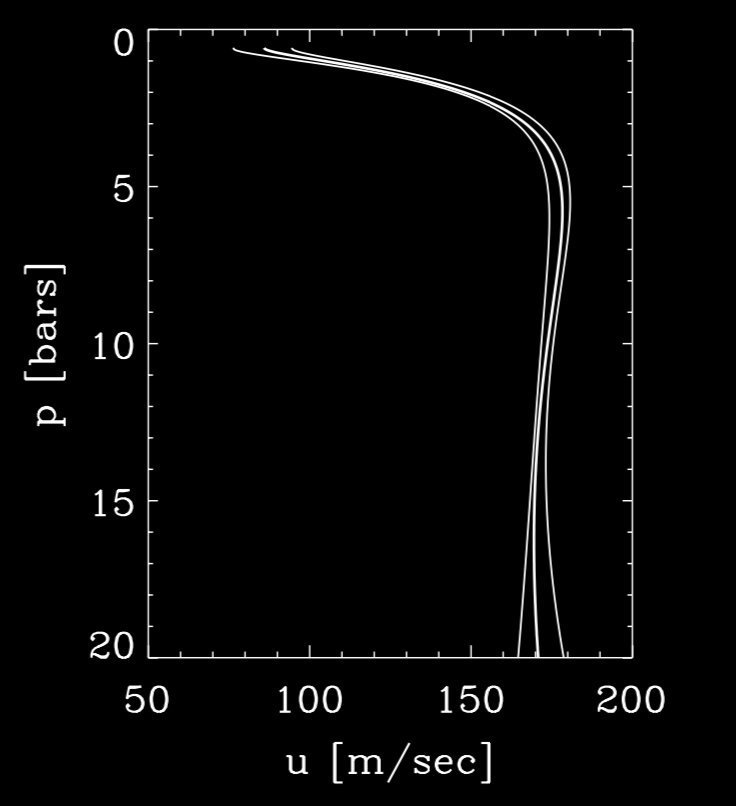
clouds
~150 km
wind speed
pressure
Juno (2016-2018)
Kaspi et. al., Nature (2018):
Jet streams extend ~3000 km deep
(based on Juno's gravitational field measurements)
However: deep models cannot account for vortex dynamics! => combined model needed
Great Red Spot (GRS)
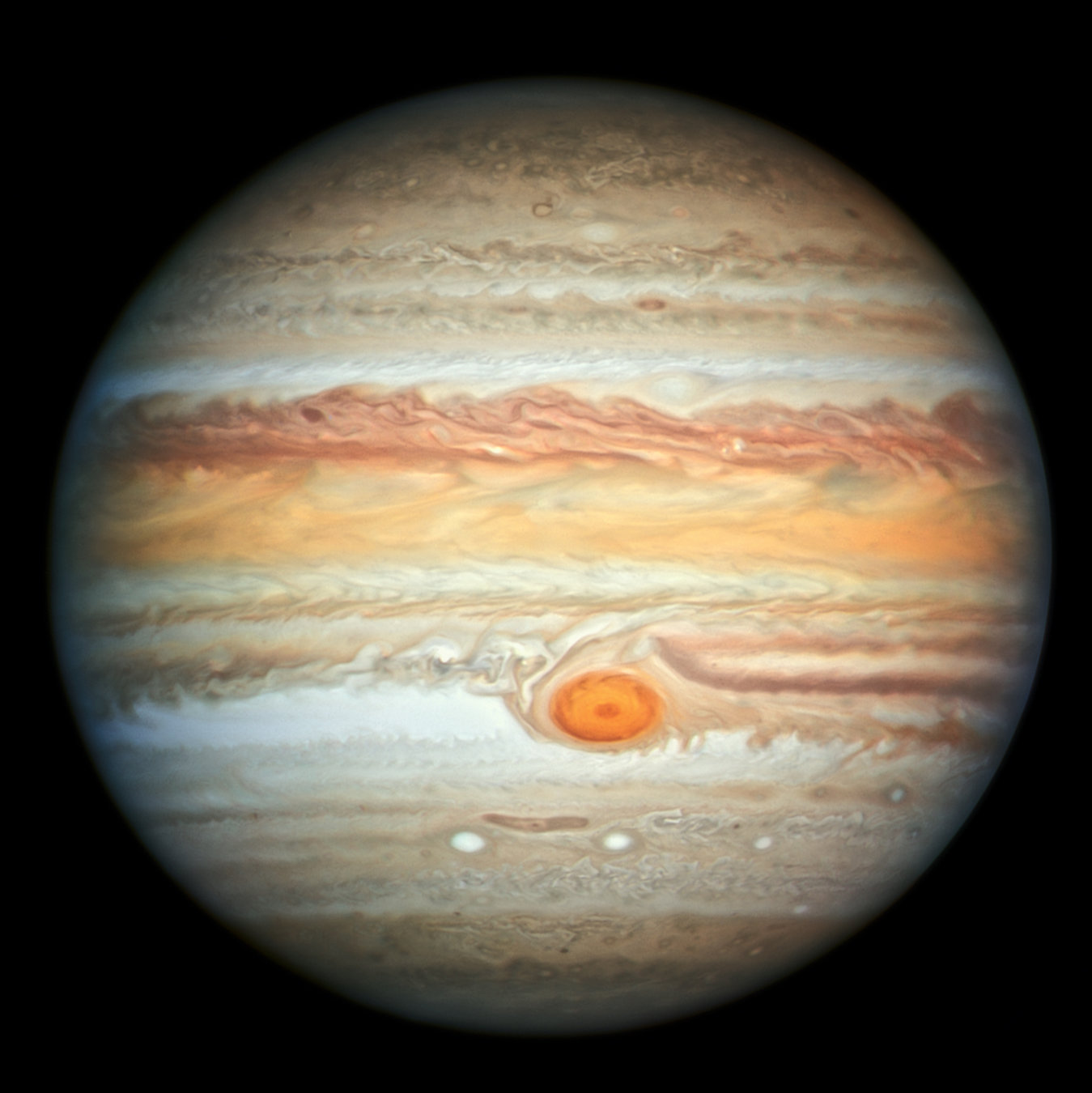
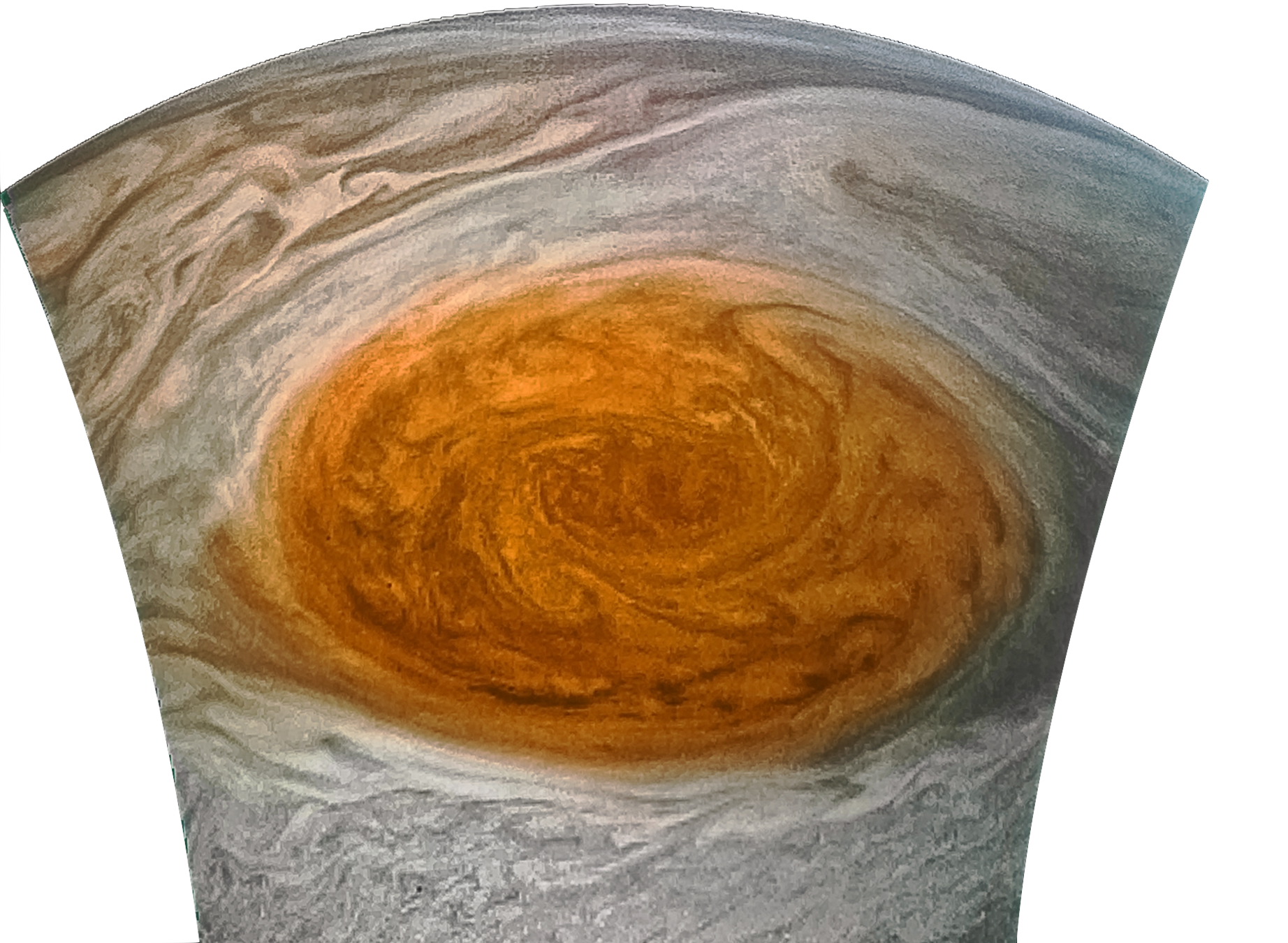
- Diameter ~1.3 of Earth
- First observed 1665. How old is it?
- What makes its colour?
- Why is it stable?


2009
2010
On the Unexpected Longevity of the Great Red Spot, Oceanic Eddies, and other Baroclinic Vortices Hassanzadeh and Marcus, 2013
Merging of storms
The dramatic events of June-July 2008
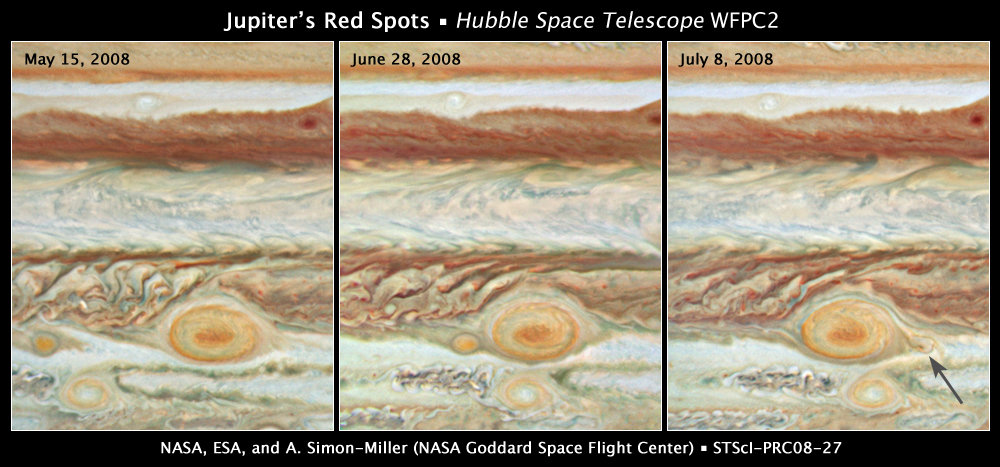
Oval BA: formed March 2000 (from 3 storms traced back to 1939)
Baby red spot
Circumpolar polygonal cyclones
Voyager 1981 and Cassini 2009
- What causes the hexagon shape?
Saturn's north pole
...but polygonally arranged cyclones do appear on Jupiter's poles!
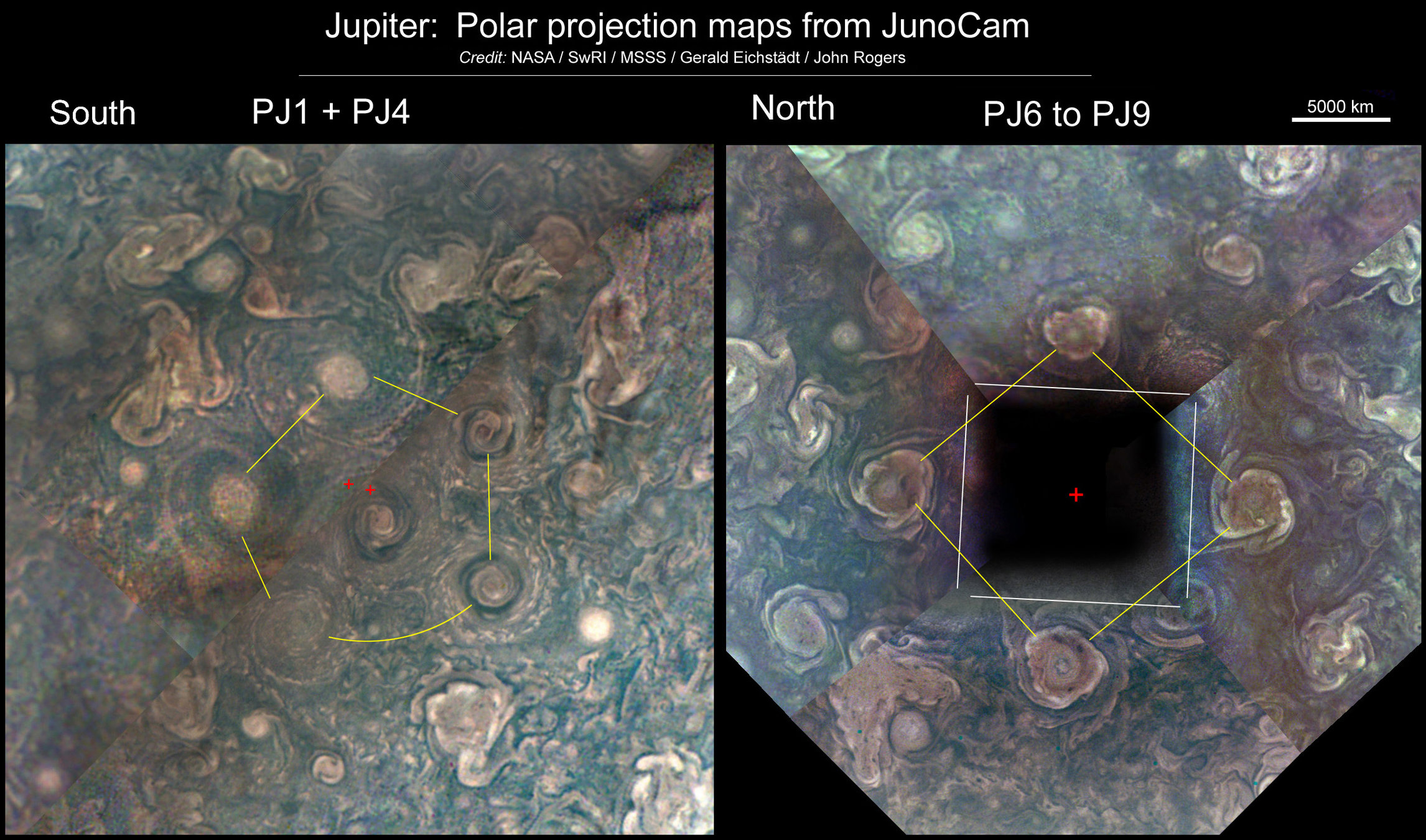
Jovian atmosphere
mathematical models
Shallow models
Deep models
One or several layers of 2D Euler
Taylor-Proudman theorem
Valid for fast rotating fluids:
Interior organized into rotating "cylinders"
Juno reveals (Nature issue March 2018)
Something in between: 3000 km (~0.04 r) layered dynamics, then effectively solid
Fail to explain prograde equatorial jet
Fail to explain vortex formations
Basic question for mathematicians
- Which features of Jovian atmosphere dynamics are captured by the quasi geostrophic flow? (2D Euler)
- Reformulation: what is the "generic" behavior of 2D-Euler on rotating spheres?
North pole
South pole
Unstable Rossby-Haurwitz wave
(Viviani 2018)